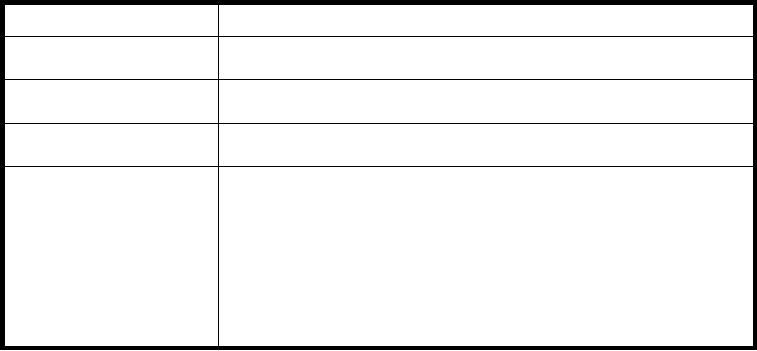
As a Mineman, you normally come in contact only
need to know. Each activity preparing directives is
required to prepare a distribution list.
with single-address, multiple-address, and general
messages. When you draft messages, they will usually
The distribution list normally consists of specific
be in single- or multiple-address form.
lists for internal distribution, distribution to higher
authority, and distribution to activities of the same
MESSAGE RESPONSIBILITIES
type. The distribution list may also indicate the number
of copies that should be forwarded to an activity, a
As a Mineman, your specific responsibilities
department, or a division.
concerning messages will depend on your involvement
with each message. You may be the originator, the
NAVAL MESSAGES
drafter, the releaser, or the addressee (receiver) of the
message. These responsibilities are described in the
A naval message is an official communication
following paragraphs.
transmitted by rapid electrical means. It is used for
urgent communications where speed is of primary
Originator
importance. A message should not be used when the
necessary information can reach its destination by
The message originator is the authority (command
letter in time for proper action.
or activity) in whose name a message is sent. The
As a drafter of messages, you must prepare
originator is responsible for the functions of the drafter
messages in the proper format and follow basic
and the releaser.
procedures. As a reader of messages, you must
Drafter
understand message format and content.
This section discusses message types, message
The drafter composes the message. Among all
responsibilities, message format, message readdressal,
personnel involved with message management, the
and MINIMIZE condition.
drafter is the key to an effective program. Required to
have the most detailed knowledge and understanding
MESSAGE TYPES
of basic message procedures, the drafter is responsible
for the following message elements:
There are four types of narrative messages: single
address, multiple address, book, and general. These
Ensuring the proper addressees
may be either classified or unclassified. Table 1-1
Composing a clear and concise text
shows how these messages are used.
Table 1-1.--Message Types
TYPE OF MESSAGE
ADDRESSES USED
Single address
Has only one address, either action (TO addressee) or information (INFO
addressee).
Multiple address
Has two or more addresses, action or information or both, and the drafter
deems that each addressee should know of the other addresses.
Book
Has two or more addresses but the drafter deems that no addressee needs to
know of the other addresses (i.e., a commercial contract bid).
General
Is designed to meet recurring requirements for disseminating information to a
wide, predetermined standard distribution. Because the title (i.e., ALCOM,
ALMILACT, NAVOP) indicates the distribution, it serves as the address
designation in the address line of the message heading. To attain uniformity
of format with Joint procedures, a title line is assigned. A consecutive
three-digit serial number, followed by a single slant and the last digits of the
calendar year, is typed immediately after the message title (i.e., ALCOM
012/93). The general message title, the number, and the year stand alone on
the line after the classification line but before the subject line.
1-7

